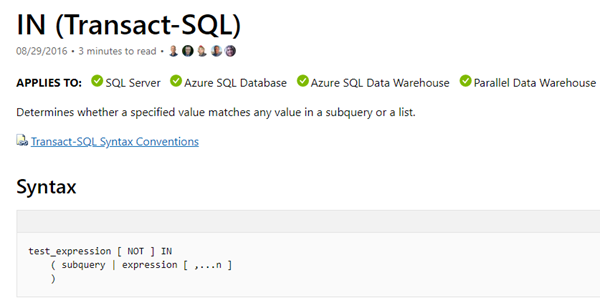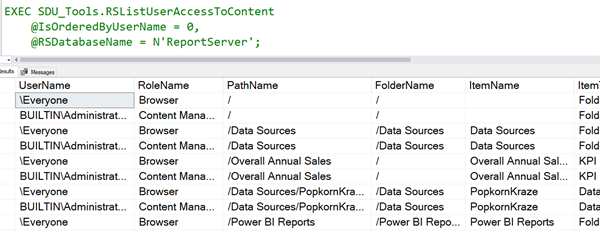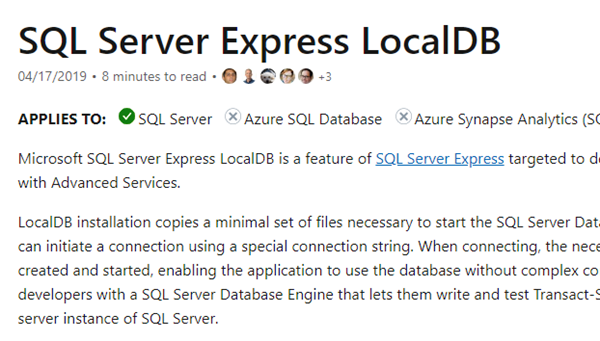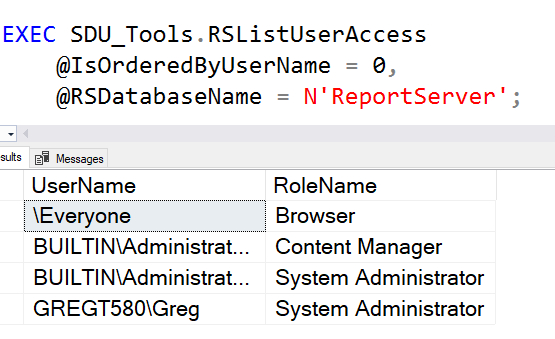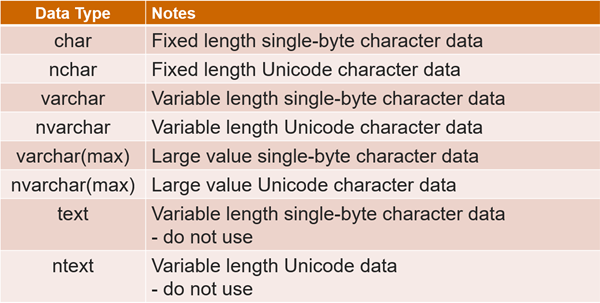
Snowflake for SQL Server Users - Part 13 - Programmable objects
Similar to SQL Server, Snowflake has ways of creating programmable objects. But the way they work, and the way they are created is quite different.
Functions
Functions are the most similar. You can create them in two ways:
- Javascript
- T-SQL
I like the idea that you can choose which language to write code in, and that they both end up extending the Snowflake SQL language pretty much the same. Some code is better written in T-SQL and other code is better written in a higher-level language.
2019-11-01

